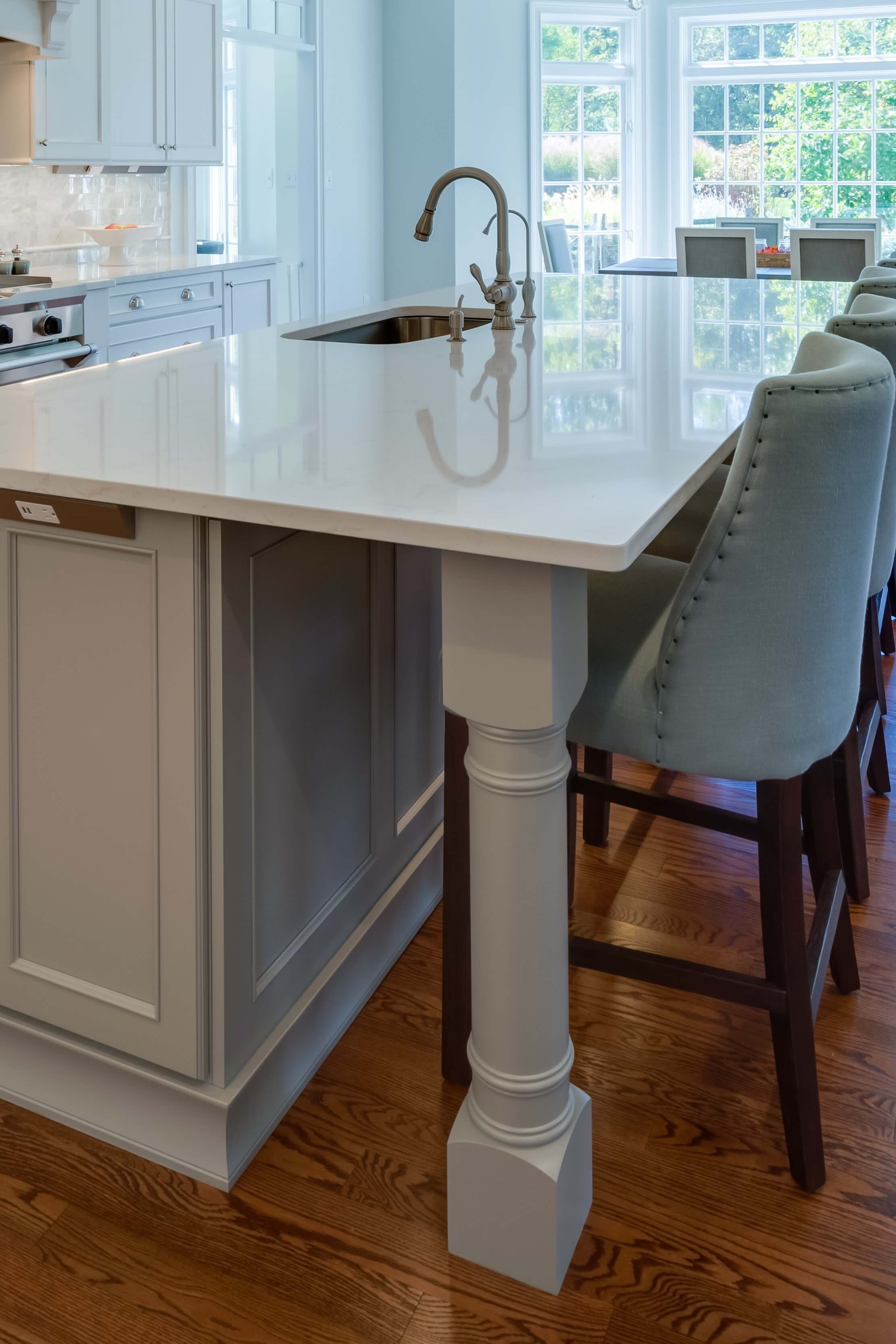Add Charm and Personality to Your Area with Legs For Kitchen Island Creations
Add Charm and Personality to Your Area with Legs For Kitchen Island Creations
Blog Article
An Overview to Selecting the Perfect Legs For Kitchen Area Island for Your Home
Selecting the optimal legs for your cooking area island is a nuanced choice that affects both the capability and aesthetic appeal of this main area. As you consider these aspects, it ends up being noticeable that the appropriate legs can transform not just the look of your kitchen yet additionally its usability for years to come.

Recognizing Cooking Area Island Legs
When picking legs for a kitchen area island, it's vital to understand their functional and aesthetic roles in the general style. The legs serve as a vital support group, making sure security and sturdiness for the island, which often operates as a work space, dining location, or collecting area. The option of product and building technique should be robust enough to withstand day-to-day usage and prospective wear.
In enhancement to their structural obligations, legs add considerably to the island's visual charm. They can improve the cooking area's design, whether through traditional, contemporary, or eclectic layouts. The elevation and proportion of the legs are likewise crucial factors to consider; they have to harmonize with the island's countertop elevation while making certain comfy seating for those making use of the area.
Moreover, the leg design can influence the general flow of the kitchen area. Open, airy leg designs can produce a feeling of agility, while solid, substantial legs may communicate a more based and secure aesthetic - Legs For Kitchen Island. Comprehending these visual and useful elements will certainly guide property owners in making notified selections that match their kitchen's layout and boost its use
Popular Styles and Materials
The choice of legs for a kitchen island includes a selection of preferred styles and products, each offering unique qualities that can boost both performance and aesthetic appeals. Traditional legs normally show luxuriant information and workmanship, boosting traditional kitchen styles.

Height and Stability Factors To Consider

Stability is an additional important factor to consider. The legs of the kitchen island must supply ample support, guaranteeing that the structure can hold up against day-to-day use without moving or tottering. Material choice plays a substantial function in stability; steel legs, as an example, have a tendency to provide higher stamina contrasted to wood. In addition, making certain that the island is firmly anchored to the floor or wall surface can boost security, particularly for bigger islands that may birth considerable weight.
Matching Your Kitchen Area Visual
Picking the best legs for your cooking area island surpasses performance; it also plays a considerable role in the general visual of the review space. When picking legs, take into consideration the design style of your kitchen area. For a contemporary look, streamlined metal or minimalist layouts can produce a tidy, contemporary ambiance. On the other hand, rustic resource or conventional kitchens frequently take advantage of wooden legs with detailed detailing or a troubled coating, improving warmth and personality.
Color is one more important element. Legs that enhance or comparison with your island's surface and bordering kitchen cabinetry can develop aesthetic consistency or striking focal factors. Coupling dark wood legs with a light marble countertop can include deepness and passion. In addition, consider the surface of the legs; matte, glossy, or distinctive coatings can significantly influence the overall feeling of the kitchen area.
Installment and Upkeep Tips
Setting up kitchen island legs calls for mindful interest to information to make sure both stability and visual appeal. Begin by selecting an ideal area for your island, ensuring it is level and has adequate area for motion. If you are affixing the legs to a wall or using braces for added support, utilize a stud finder to locate wall surface studs. Mark the placement of the legs accurately prior to exploration.
When safeguarding the legs, utilize high-grade screws and, if essential, wood adhesive for extra toughness. For steel legs, ensure that you are using proper anchors and devices to avoid damages to your flooring. It is a good idea to look for levelness after setup, making modifications as needed to avoid tottering.
Maintenance is just as important for longevity - Discover More Here Legs For Kitchen Island. Frequently check the legs for any signs of wear or loosening, especially in high-traffic areas. Tidy the legs with an appropriate cleaner, staying clear of rough products that may damage the surface. For wood legs, consider applying a wood conditioner occasionally to preserve their finish. By complying with these setup and upkeep tips, you can ensure that your cooking area island legs stay both aesthetically appealing and functional.
Conclusion
Finally, selecting the appropriate legs for a kitchen area island necessitates mindful factor to consider of elevation, stability, and aesthetic compatibility. By selecting appropriate products and designs that line up with the general cooking area design, functionality can be improved while preserving aesthetic charm. Correct installation and recurring upkeep better add to the longevity and longevity of the kitchen island. Ultimately, thoughtful leg choice plays a crucial role in boosting both the practicality and design of the kitchen area.
When choosing legs for a kitchen area island, it's crucial to recognize their visual and practical duties in the overall design. Open, airy leg designs can develop a feeling of agility, while solid, substantial legs may convey a more grounded and steady visual. The legs of the cooking area island must give adequate support, making sure that the framework can hold up against everyday use without wobbling or changing.Mounting cooking area island legs requires mindful attention to detail to make sure both security and visual charm.In final thought, picking the appropriate legs for a cooking area island requires careful factor to consider of elevation, security, and visual compatibility.
Report this page